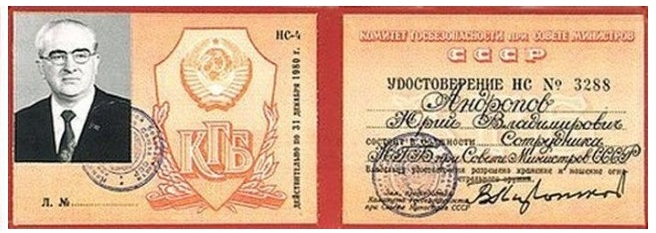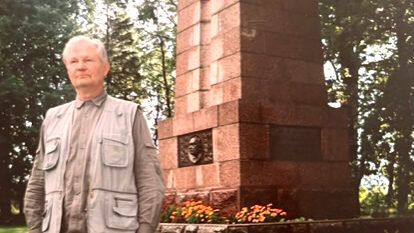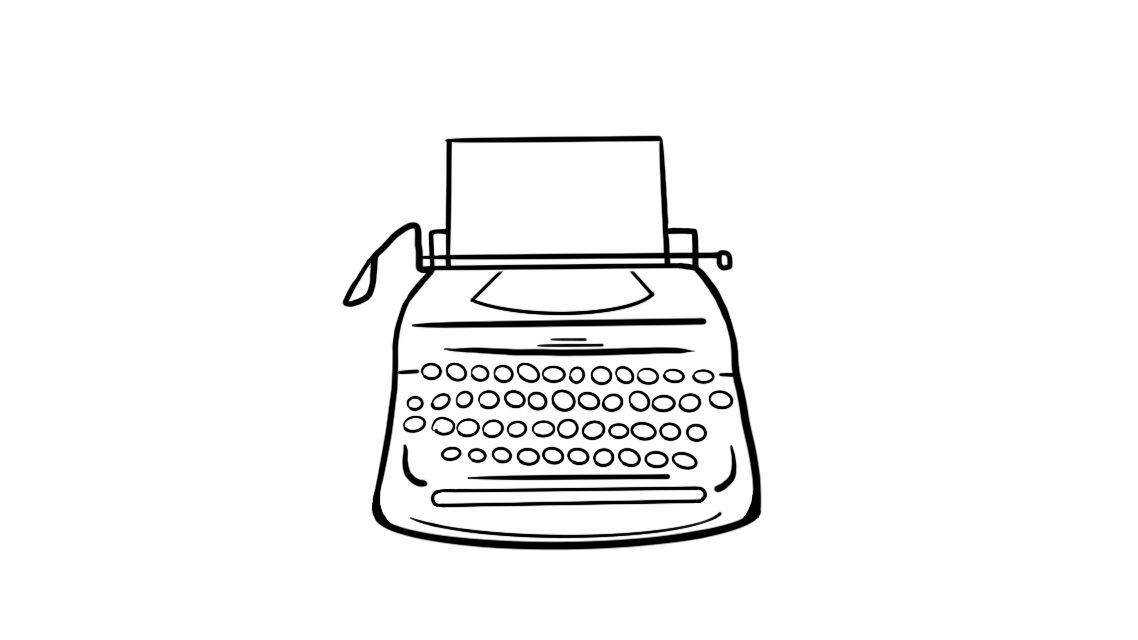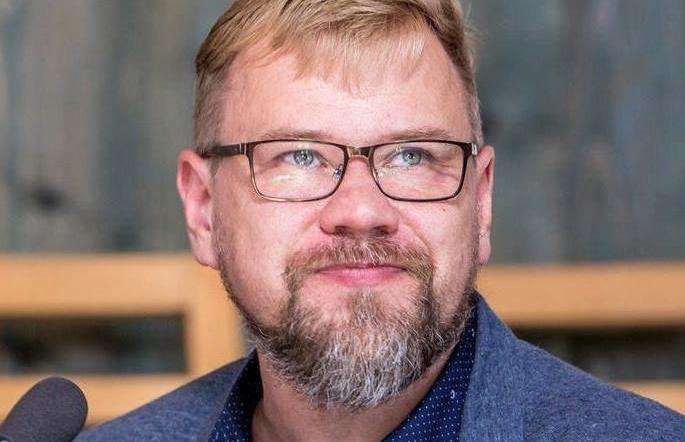The University is also the alma mater of Kim Philby, Anthony Blunt, Donald Maclean, Guy Burgess (and allegedly John Cairncross), the notorious Cambridge Four (Five?) – British intelligence officers recruited while students at Cambridge and under deep cover for the Soviets.
The collection also contains formerly closed documents containing some of Estonia's part in clandestine activities during the cold war.
Vassili Mitrohhin, born 1922, was a KGB employee from the late 1940's till his departure for a pension. From the early 1950's Mitrohhin started to work for the 1st Chief Directorate – foreign intelligence. His first assignment was to infiltrate the Russian Orthodox church in the middle east.
Initially participating in international operations, for which he was considered incompetent, he was assigned to the KGB archives on foreign intelligence. There he had unrestricted access for 30 years to the most secret material of the Soviet Union and a wide-angled, detailed picture of the Soviet spy network.
It's said that he lost faith in the Soviet system and started to plan for defecting to the West. He realized that he was sitting on top of an immense potential investment for himself to become invaluable to the West. He started to copy information onto small pieces of paper, snuck them out and held them at his country cottage in tin boxes. This undertaking of course held an incredible risk. Being caught would have meant certain execution. The small pieces of paper had to be hidden in his shoes and brought out from his security-sealed Jassenevo headquarters. Over time Mitrohhin became bolder, simply copied documents onto other paper and brought them out in his pockets.
It was a miracle that Mitrohhin was never detained and searched. When he reached his home, he hid them under his mattress (usually a favourite location for searchers). He copied them from scribbles on small pieces of paper over into legible handwriting. By the time Mitrohhin retired in 1984 he had accumulated 33 boxes full of material.
Perestroika in the mid-1980's gave citizens easier access to foreigners and Mitrohhin searched for contacts with foreign diplomats. Meelis Saueauk, a scholar at Tartu University and a senior fellow at the Memory Institute has said that Mitrohhin was able arrange a couple of meetings in Tallinn. Finally he went to the US embassy in Riga from which he was sent away as a provocateur. (It's a standing rule within the intelligence community to avoid all ‘walk-ins', treating them as being unreliable, untrustworthy, with their own personal motives etc.) He then went to the British embassy where he was able to contact MI-6 personnel who were able to immediately assess the material he proposed to hand over. The details of the movement of the archives from Mitrohhin's summer cottage to the West has never been released but it came off without a hitch.
Mitrohhin and his smuggled archives were kept a secret until 1999 by which time British intelligence had worked through thousands of pages and shared them with its partners internationally. It's unknown how much was revealed to Estonian intelligence.
In 1999 Cambridge historian Christopher Andrew and Mitrohhin published the “Mitrohhin Archives” which was a sensation. Not all the secrets were released at the time. But now in 2014, ten years after Mitrohhin's death Cambridge opened up the archives without ceremony.
Amongst other incidents, it's clear from the documents that Eston Kohver, a KAPO officr recently abducted by the FSB, was not the first Estonian intelligence operative to have been kidnapped by the KGB (or FSB). On November 5, 1951 the KGB was able to inebriate CIA resident Vladimir Kivi in West Berlin and smuggled him into East Berlin. Kivi was born in Tallinn and ended his life in the Gulag.
The archives also reveal that in 1963 a total of 11 KGB officers in foreign intelligence had been assigned to target Estonians abroad. The Estonian diaspora was considered to be more important than the Belrussians' because only five KGB officers were dedicated to it.
In 1978 an Argentinian with Estonian heritage was involved with the KGB resident in Geneva. He had been an ‘active measures' specialist. (Active measures refers to, a.o., executions.)
Probably the most scandalous revelation with an Estonian context, was proof that Alexius II, Estonian born patriarch of the Russian Orthodox Church had been a KGB agent with a cover name of Drozdov (Rästas). Stories to this effect had been circulating for years without any documented affirmation.
More actual names of individuals are revealed in the section covering surveillance of dissidents. For instance, well known political prisoner Kalju Mätik is mentioned, who was involved with the Estonian Democratic Movement for which he spent years in labour camps. One can infer from the current documents the surveillance of dissidents lasted much longer than anyone knew.
In view of the incredible depth and reach of the massive amount of material appropriated by the West through Vassili Mitrohhin one would expect historians both Russian and otherwise to make some ‘adjustments' in their analyses of the Kremlin's motivations in making decisions which are bound to be confrontational with the West. These archives will not provide all the answers but will help somewhat in correcting perspectives. How long will it be before the West has peek at the material of the Putin years?
Laas Leivat




